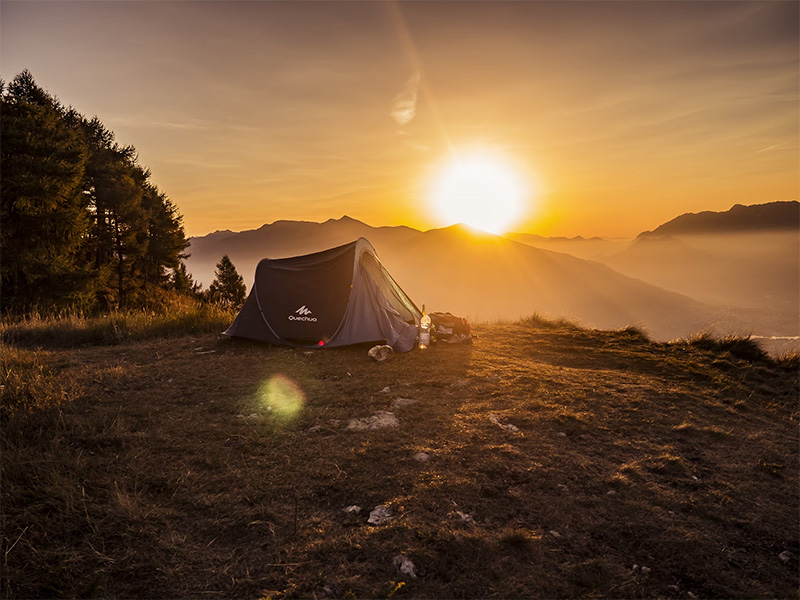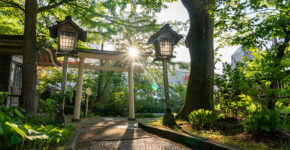Camping vs. Glamping: Which is Right for You?
Two different ways to appreciate the great outdoors—camping and glamping—each appealing to different tastes and way of life. While glamping provides a more sophisticated experience combining natural appeal with modern conveniences, conventional camping enables adventurers to absorb nature’s raw beauty through simple setups. Though they serve different needs for comfort and adventure, both choices provide special chances for connection with nature. Knowing the subtleties of every helps people select the outdoor experience most fit for their own preferences and expectations.
What is Camping?
Usually by erecting a makeshift shelter like a tent or camper in outdoor areas like forests, mountains, or next to lakes, camping is a means of really connecting with nature. It stresses simplicity and self-sufficiency so that people or groups could appreciate the great outdoors instead of contemporary amenities. Hiking, fishing, and cooking over a campfire are among the activities campers frequently participate in to help them to connect more with the surroundings. Though the foundation is always adventure and the beauty of nature, this experience can range from simple setups with little gear to more complex arrangements.
What is Glamping?
This contemporary interpretation of outdoor events blends luxury’s conveniences with the beauty of the surroundings. Typical accommodations include well-furnished tents, yurts, or treehouses with utilities including power, soft mattresses, and private toilets. For those who like a more laid-back experience, glamping lets people enjoy the peace of the outdoors without compromising comfort. Though hiking or stargazing is still part of the activities, the main emphasis is on appreciating nature in a fashionable and comfortable surroundings. This theme appeals to people looking for adventure yet still appreciating simplicity and elegance.
Pros and Cons of Camping
Adopting the outdoors has several benefits, including a strong connection with the environment and encouragement of physical exercise by trekking and exploring. Since campsites are frequently less expensive than hotels, it can be a reasonably priced method of travel. Challenges include, nevertheless, exposure to erratic weather, insects, and physical work required in building and maintaining a campground. Certain people may also find restricted access to modern comforts to be a disadvantage. Juggling these benefits and drawbacks helps people decide whether the conventional camping experience fits their tastes and degree of comfort.
Pros and Cons of Glamping
Those who like a more laid-back vacation will find this opulent outdoor experience appealing since it provides the natural beauty without compromising comfort. Often include luxuries like cozy beds, fine dining, and chic décor, glamping improves the whole experience. It is less accessible to those on a tight budget, though, because of its more expensive tag-on. Furthermore, some would believe that too many modern conveniences diminish the real camping experience. Considering these advantages and disadvantages will enable prospective glampers to choose whether this type of outdoor experience fits their tastes and way of life.
In the end, each of camping and glamping suits diverse tastes and lifestyles and provides special means to enjoy the great outdoors. Although glamping offers a mix of nature and luxury that appeals to people looking for comfort in their travels, traditional camping urges a return to simplicity and self-reliance. Whether one stresses rough exploration or a more sophisticated relationship with nature, the decision between the two finally rests on personal ideals. Every experience has appeal that lets individuals interact with the surroundings in a way that speaks to them.
Photo Attribution:
1st & featured image by https://unsplash.com/photos/dome-tent-on-mountain-top-with-sun-as-background-photo-ebnlHkqfUHY
2nd image by https://unsplash.com/photos/black-ceramic-mug-near-fire-UpGI7J2ek5s






